From Data Desert to Smart Decisions

When extreme weather, tight margins, and regulations collide, farmers are leaning on technology to keep crops and animals safe. Soil sensors, moisture probes, and drones now stream information directly to farmers’ dashboards. With this, irrigation is timed perfectly, nutrients are tailored, and harmful runoff is reduced. The result is healthier crops and animals that rely on stronger pastures. What used to be invisible guesswork is now clear data guiding decisions. By turning fields into smart systems, farmers can save resources and protect livestock. It shows how farming is shifting from reactive struggles to proactive care.
Precision Agriculture Reduces Risk
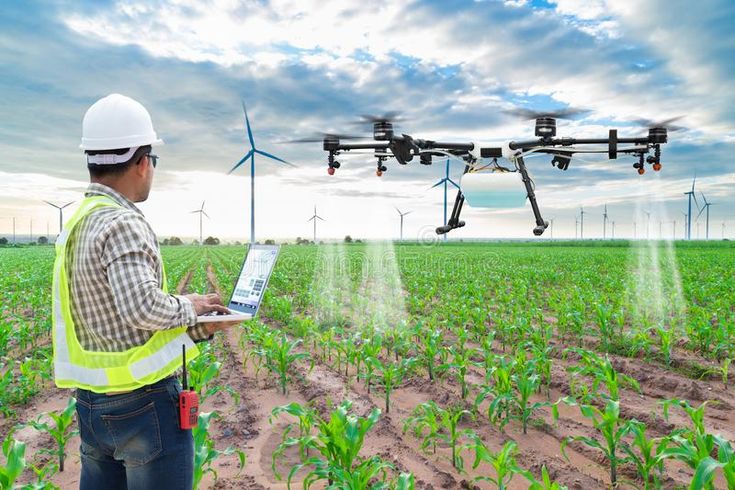
Precision agriculture feels like a farmer’s version of fine-tuning. With GPS autosteer and yield monitors guiding tractors and mapping productivity, resources are no longer wasted. This method prevents overwatering, helps protect forage crops, and keeps grazing lands healthier. Smaller farms may still be catching up, but larger operations have embraced it to reduce risks tied to weather and costs. For animals, steadier pastures mean less stress and more reliable food sources. Every careful adjustment leads to smoother operations. Farming becomes less about managing uncertainty and more about finding balance between efficiency and the wellbeing of land and animals.
Robots and AI Pull Weeds, Not Wildlife
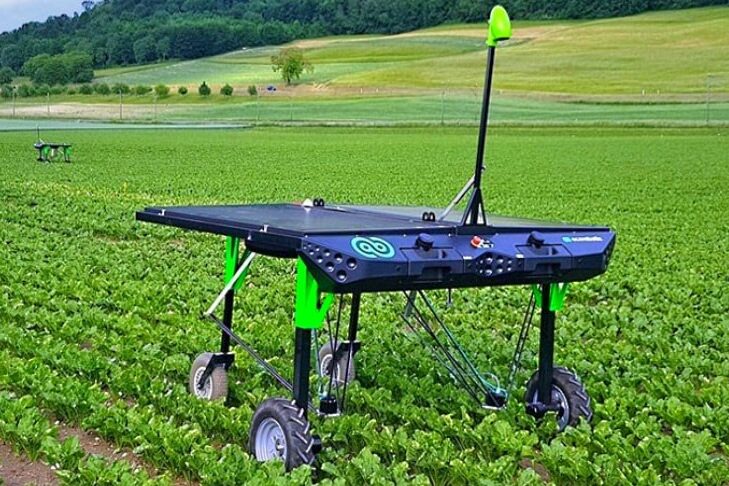
On vegetable and forage fields, robots are quietly changing routines. Machines powered by artificial intelligence are now pulling weeds instead of farmers relying on pesticides. This protects both the soil and nearby wildlife while keeping toxins out of grazing areas. For farmers, it means less labor and healthier crops. For animals, it reduces harmful exposure and keeps natural habitats intact. The technology might look futuristic, but its purpose is simple: preserve and protect. By letting robots handle the toughest tasks, farmers can focus on care and growth. It is one more step toward a safer farming environment.
Precision Livestock Farming Tracks Every Cow
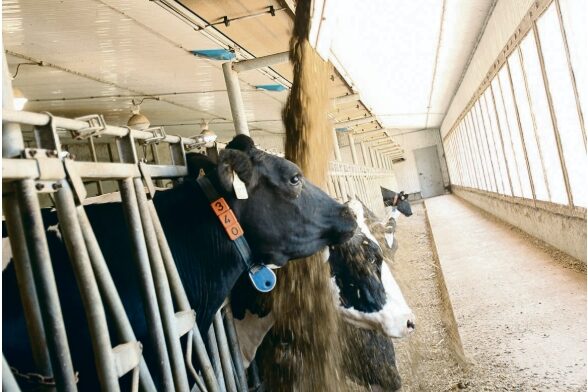
Farmers no longer need to rely only on instinct when caring for animals. With ear tags, temperature sensors, and cameras, they can monitor health and feeding habits around the clock. These tools make it possible to catch illness early, adjust nutrition, and track weight gain with precision. Herds benefit from consistent care, and farmers benefit from reduced costs. The idea is not just about technology but about better attention to each animal. Healthier livestock means less stress, stronger growth, and peace of mind for the farmer. It shows how care and data now move hand in hand.
Solar Grazing Livestock Under the Sun

Fields of solar panels are no longer empty stretches of land. Farmers are placing them above pastures where cattle and sheep graze. The panels create shade, keeping animals cool, while also powering farms with renewable energy. Grazing animals help manage the grass around the panels, turning a potential problem into an efficient solution. Farmers earn from energy while maintaining healthy herds. It is a practical example of how modern solutions can fit seamlessly into tradition. Solar grazing is more than a trend, it is a creative way of blending farming and clean energy for a balanced future.
Farm Raise Integration Makes Farms Resilient
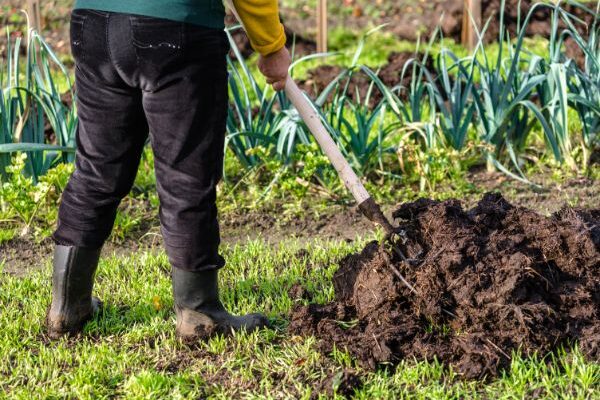
Bringing crops and animals together has always been natural, and now it is becoming smarter. Integrated systems use cover crops, rotational grazing, and animal manure to restore soil and cut down fertilizer use. Farmers gain healthier fields, animals receive better feed, and the farm becomes more sustainable overall. These systems show that the farm can act as one connected cycle where nothing goes to waste. The resilience built from this balance helps farmers weather challenges more smoothly. By connecting livestock and crops, farming becomes not just about yield but about creating stronger ecosystems that support one another.
Breeding Smarter Pigs with Data
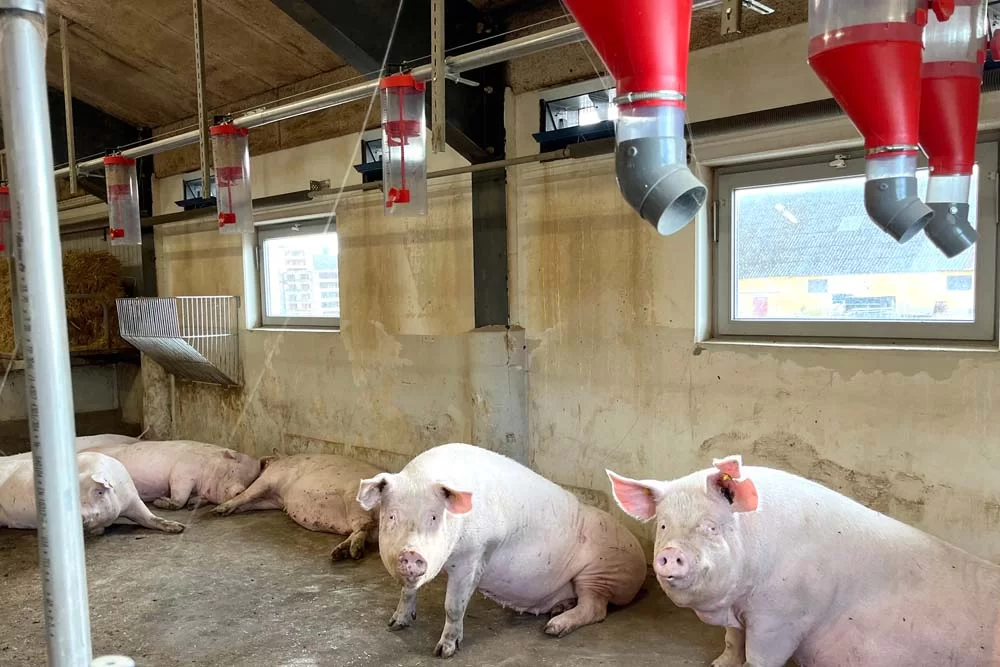
Inside barns, small changes are creating big results. Farmers are now using smart feeders to track how pigs eat and grow. By carefully monitoring these patterns, they are breeding lines that thrive on less feed without compromising health. This makes raising pigs more efficient while lowering costs and reducing waste. It is not about forcing animals into strict routines but about observing what helps them grow stronger naturally. For farmers, this means greater productivity. For the environment, it means fewer resources used. Smarter livestock management is proving that thoughtful data-driven decisions can build healthier farming futures.
Government Backing Spurs Broader Use
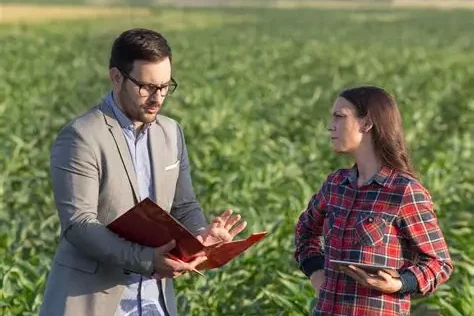
Technology promises a lot, but the price often slows progress. Many smaller farms struggle with the cost of tools or poor connectivity that limits their use. To bridge this gap, government programs are investing in research and offering support. The goal is to make precision farming available beyond just the largest operations. While challenges remain, the backing shows farming technology is seen as a necessity, not a luxury. By encouraging broader access, the hope is that more communities can protect their food systems. It is a reminder that innovation works best when everyone can share in it.
Spotlight Drought Hit Colorado River Region

In the western states, water scarcity has pushed farmers to rethink survival. With the Colorado River shrinking, drip irrigation and laser-leveled fields have become vital tools. These systems stretch water further while keeping crops and pastures alive. Livestock, too, depend on these upgrades for steady access to drinking water and healthy grazing fields. Technology is not a luxury here but a necessity to keep animals thriving and communities fed. Even in drought, adaptation is possible when new methods meet old resilience. Farmers prove daily that with the right tools, survival can turn into lasting sustainability.
The Future of Farming Is Integrated and Animal Smart
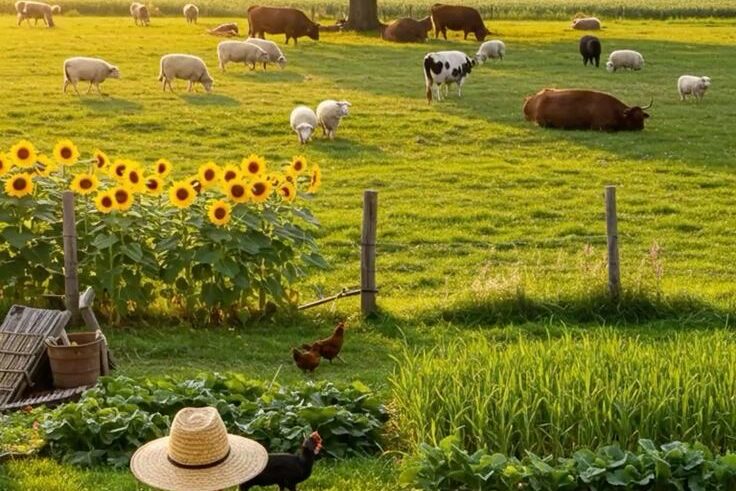
Looking ahead, farms are becoming more like living ecosystems where crops, animals, and technology work together. Data connects soil to farmers’ hands, robots protect crops without harming wildlife, and solar energy shades grazing herds. Each advancement helps balance productivity with care. While challenges remain, the path is clearer than before. Farming is no longer only about reacting to hardship but preparing for it wisely. The future belongs to those who integrate, adapt, and innovate. Technology is not replacing farming traditions; it is strengthening them in ways that protect both food and life on the land.
This story Smart Farming Tech That’s Helping America’s Crops and Animals Survive was first published on Daily FETCH


